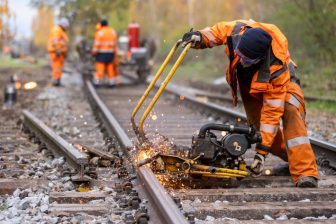
Hydrogen: clean, green, pure, and a safety issue?
Hydrogen has all the impetus behind it, and it is even compatible with existing technology. But what could be (safety) issues in the rollout of hydrogen in rail or gaps in existing standards? Those are some of the questions being posed by the Rail Safety and Standards Board (RSSB), Britain’s appointed independent safety, standards and research body. Anything that makes the rail network more sustainable takes their interest.
Want to read more?
You have read all of your free premium articles for this month. Please become a subscriber to keep reading.
Subscribe now!
Take advantage of our exclusive offer to get full access to all premium content.



